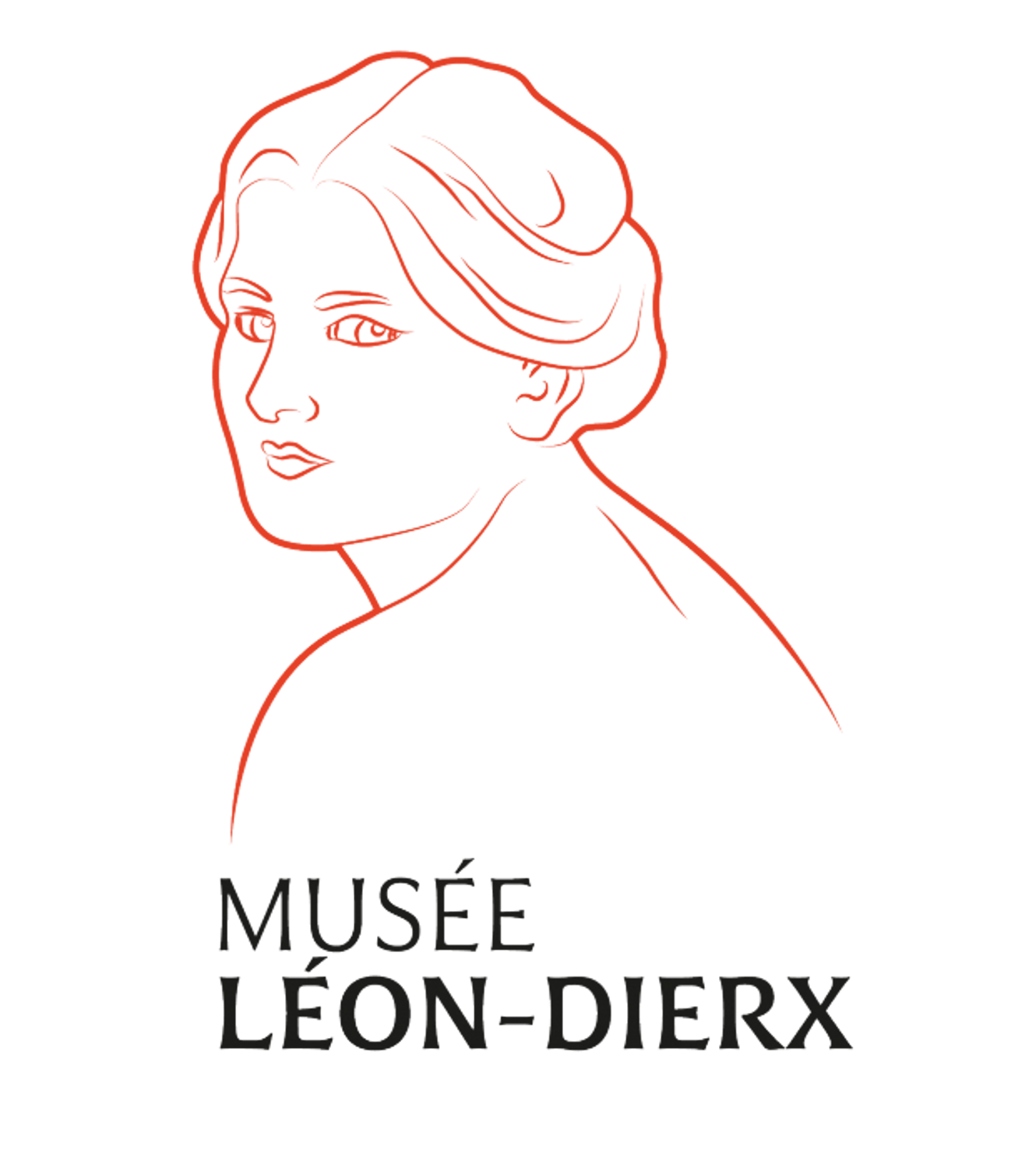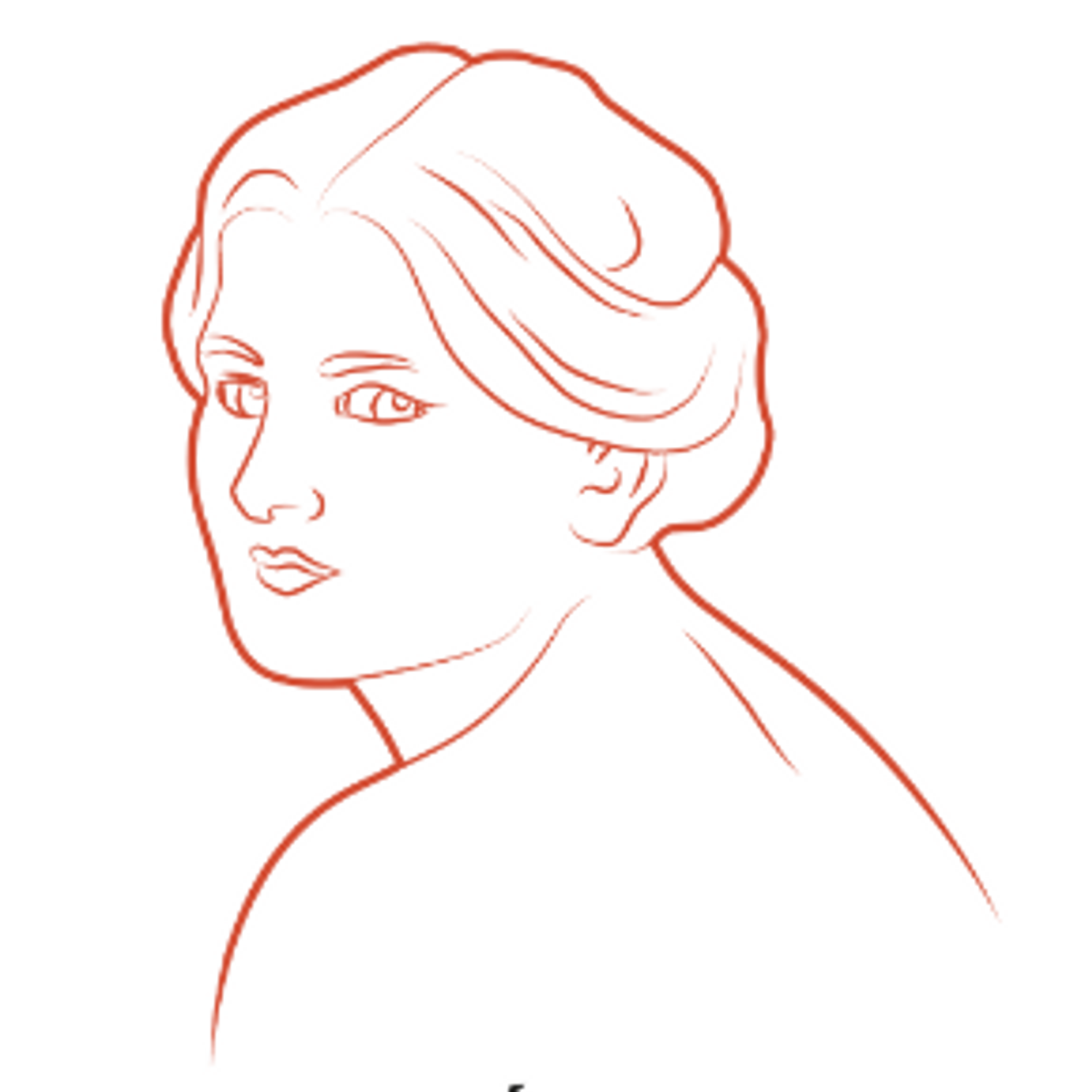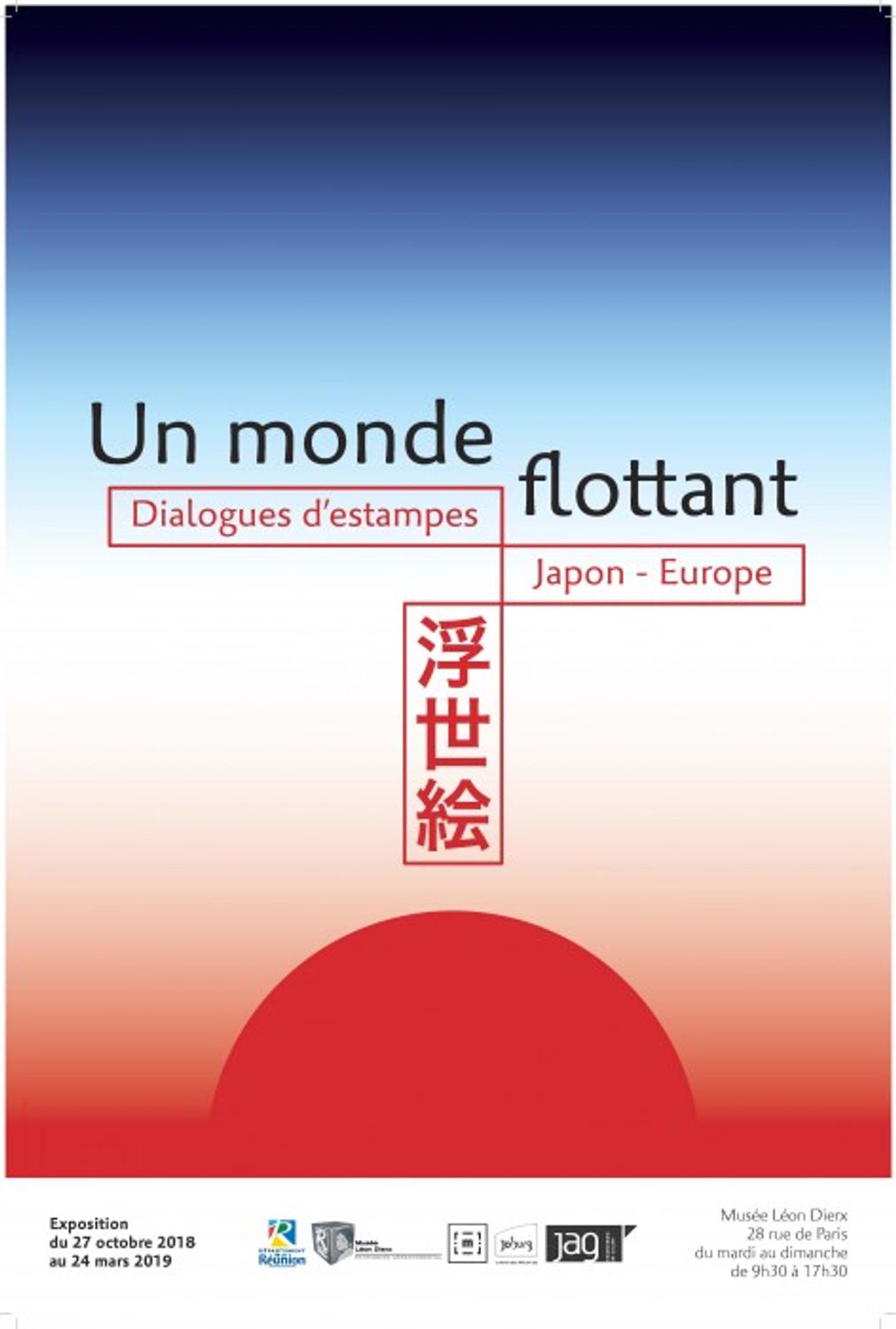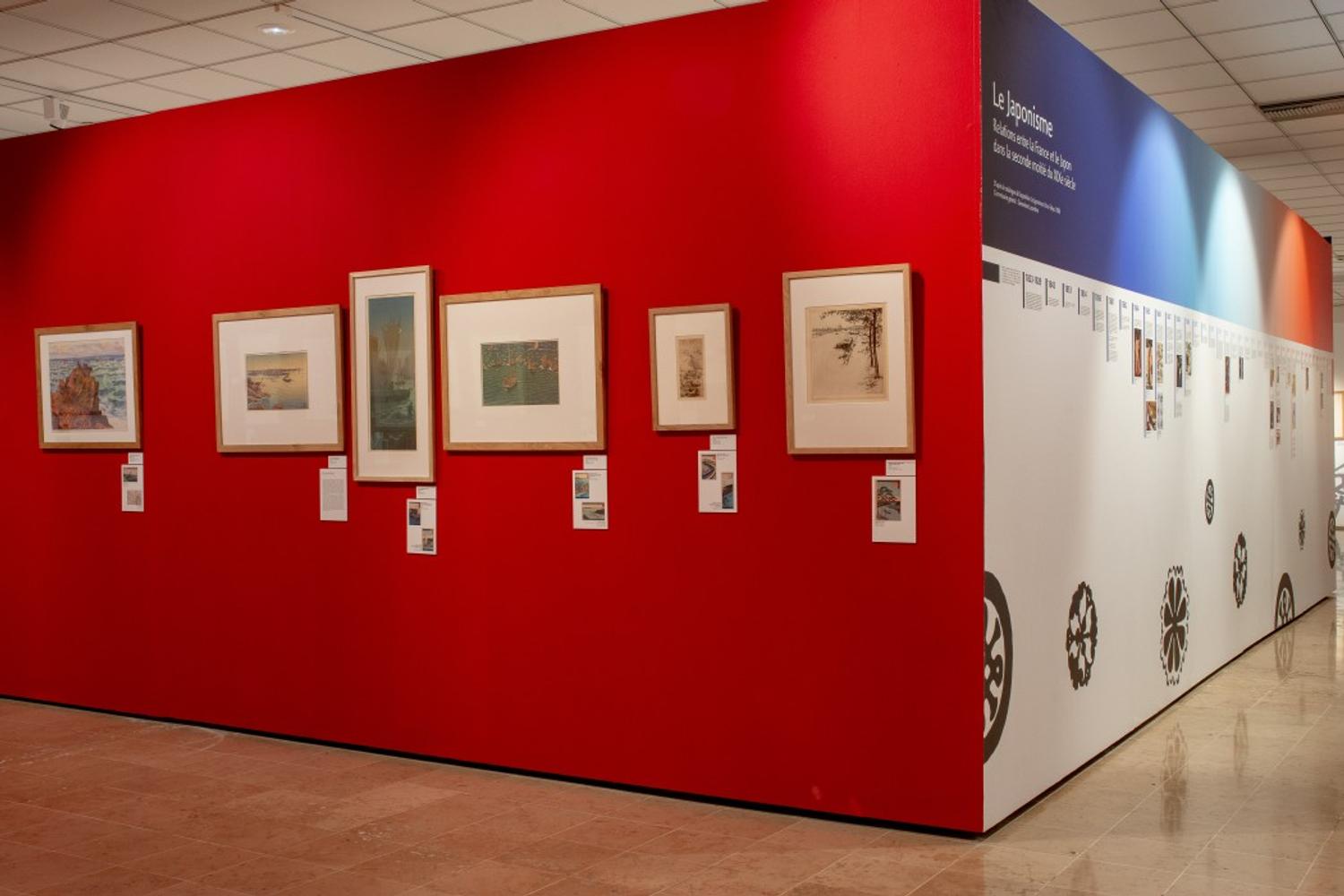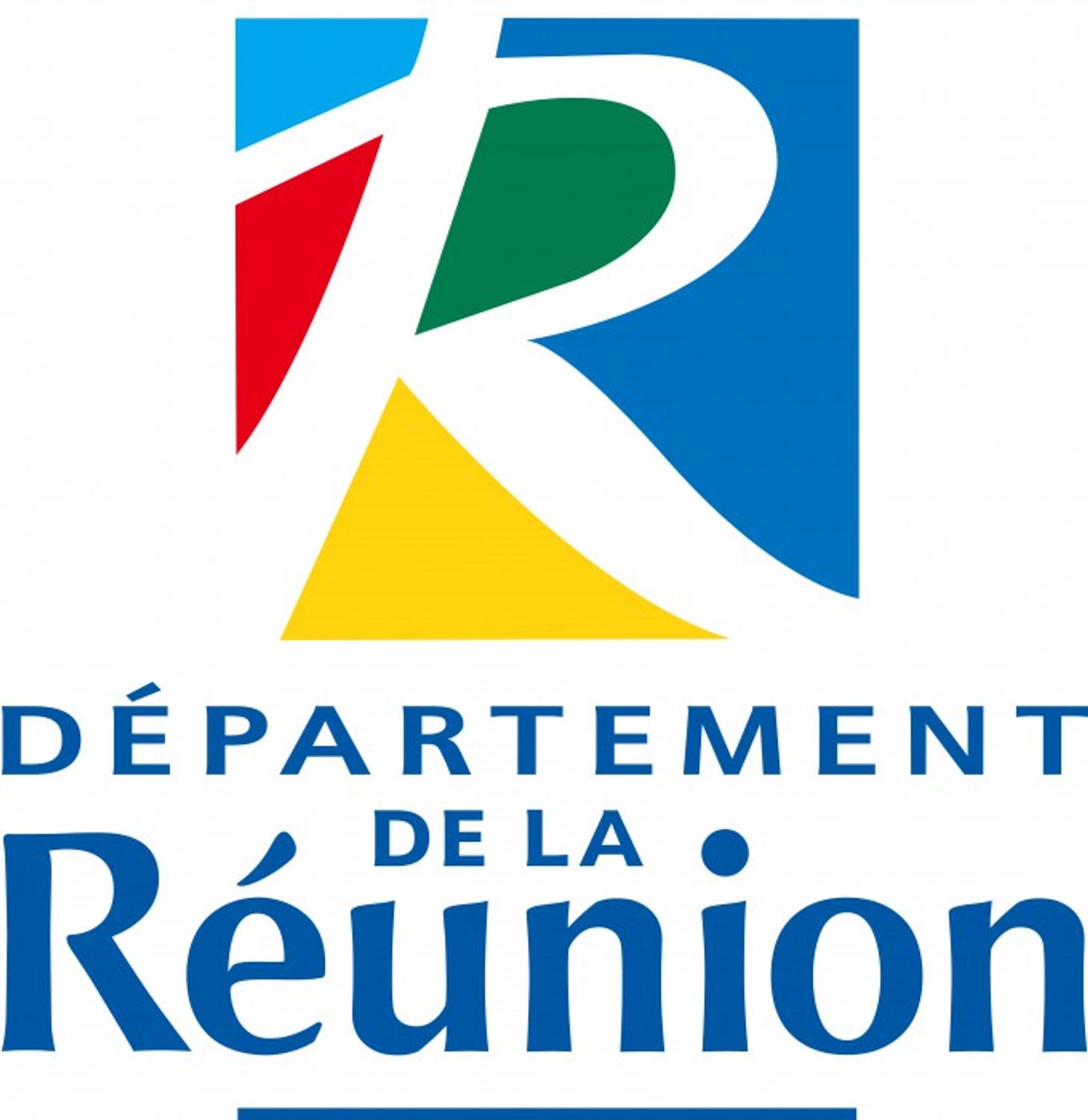A floating world, dialogue of etchings, Japan-Europe
Exhibition 12th October - 3rd February 2019
This exhibition was set up in partnership with the JAG (Johannesburg Art Gallery, South Africa), which lent certain items of its collections of Japanese etchings, displayed in the first part of the exhibition.
These works echo those of European artists, belonging to the Léon-Dierx art gallery, which were displayed in the second section. Through a selection of French etchings from the second half of the 19thcentury, the exhibition opened out a dialogue between ukiyo-e etchings and western art, revealing their presentation of the « floating world ».
The exhibition presented the period of Edo (1603-1868), marked by the return of peace to Japan and a period of prosperity under the dynasty of the Tokugawa. These military chiefs (shoguns), who handed down their power from father to son, decided to establish their capital in the city of Edo (today’s Tokyo), in order to distance themselves from Kyoto, the capital where the Emperor resided, as well as his court and administration. For over two centuries, Edo was thus the political, economic and cultural capital of the Japanese archipelago.
ukiyo-e, a philosophy of life
The period of Edo also corresponded to a cultural upheaval, reflected in the art of the etching: the main subjects of thousands of coloured woodcuts reflect the philosophy of life of a majority of the Japanese: « […] Live only in the present moment, devote yourself entirely to the contemplation of the moon, snow, the cherry blossom and maple leaf […], do not be overwhelmed by poverty and do not allow it to show on your face, but drift like a calabash on the surface of the river, that is what is called ukiyo.» (Asai Ryôi, around 1665).
The term ukiyo, « floating world », first of all expresses the idea of lightness and reflects the impermanence of the things. It was later applied to the notion of the image, « e », around 1680, in a work illustrated by the artist Moronobu (c.1678?-1694), considered to be the founder of the ukiyo-e school. The artists took inspiration from their period and activities linked to leisure activities and sometimes traditional themes, but of a playful character, reflected the tastes of the urban bourgeoisie of the Edo period. Actors, courtesans, a large number of erotic etchings and scenes from daily life flooded the market, with landscapes following far behind, but which became more common in the 19th century, a short time before the end of the Edo period.
… and Europe discovered Japan
The Edo period was also one of isolation: all trade and exchange with foreigners were forbidden. A certain degree of tolerance was accepted in the port of Nagasaki for Chinese and Dutch merchants. It was not until 1853 that Japan « opened out to the world », after two and a half centuries of isolation and the signature of trading contracts with several European countries, including France, in 1858.
Japanese etchings were then « discovered » by a large number of collectors, artists, art critics, western merchants, curators of public collections etc. The western world admired these ukiyo-e etchings, which appeared in large numbers on the markets in the west. These « Japanese objects » revealed new artistic characteristics, which gave rise to curiosity and became popular with a large number of people. The wave of Japanese art then flooded the world of the arts at different levels: fashion, literature, theatre, the press, publicity and fashionable circles.
A renewal of artistic practices
European artistic circles were particularly receptive to this new aesthetic approach which, as from the 1860s, revolutionised western artistic creation over several decades. In this context of the questioning of principles inherited from the academic tradition, western artists saw Japanese art as being a source of renewal of their practices and a confirmation of certain of their aesthetic choices. Little by little, Japanese art then pervaded western art, which « copied », reinterpreted and assimilated it.
A large number of artists started to collect Ukiyo-e etchings, particularly innovative on the technical and aesthetic level. They played an essential role as regards the influence of Japanese art on western art. The application of solid areas of colour, the simplification of forms, the expressive character of the line, the introduction of reversed perspective and the asymmetry of compositions, were all stylistic processes used in Japanese etchings that came to inspire Édouard Manet, Claude Monet, Vincent Van Gogh, Edgar Degas, the group of the Nabis and Henri de Toulouse-Lautrec, to name but a few. Themes from the range treated in Japanese etchings such as urban life or individual representations of day-to-day activities, as well as Japanese codes of behaviour and movement, were also taken as inspiration and reinterpreted.
